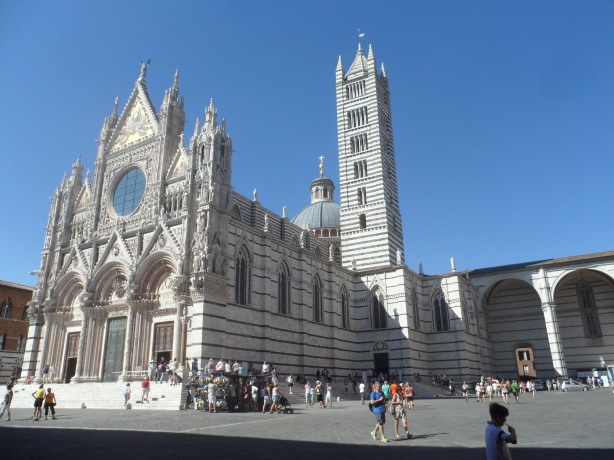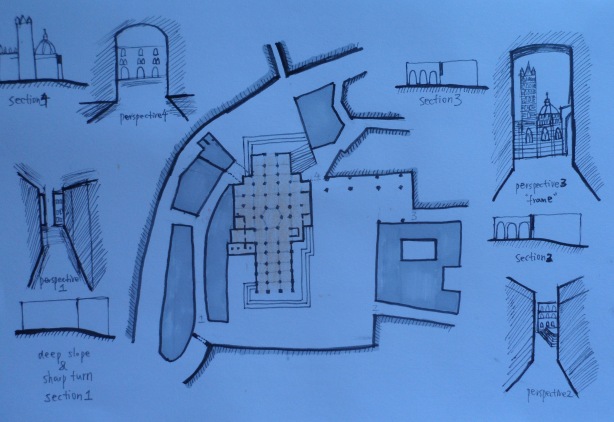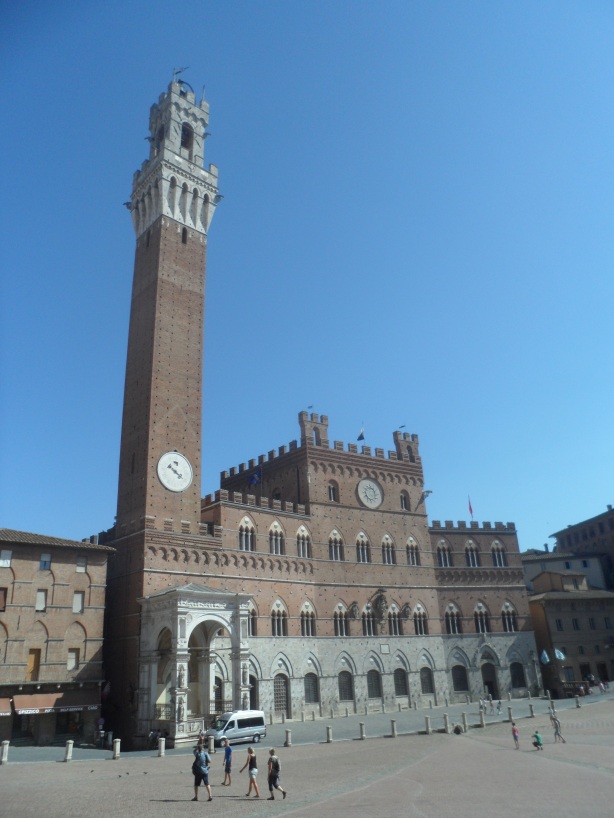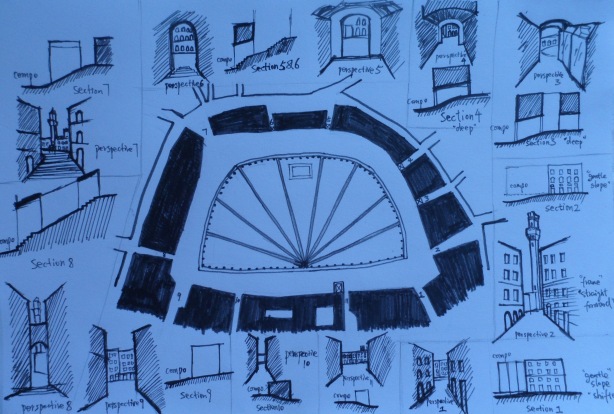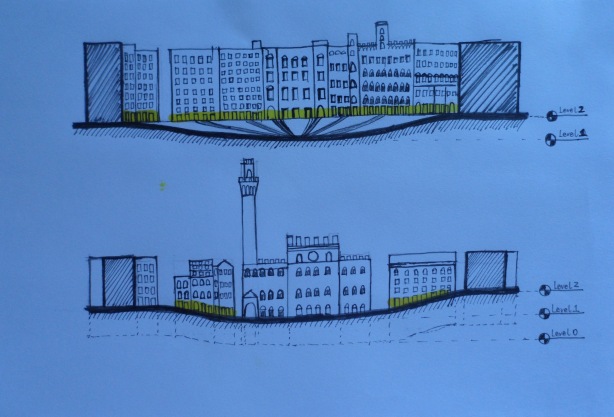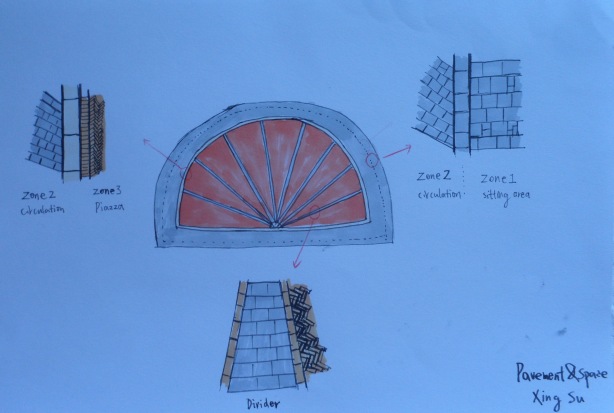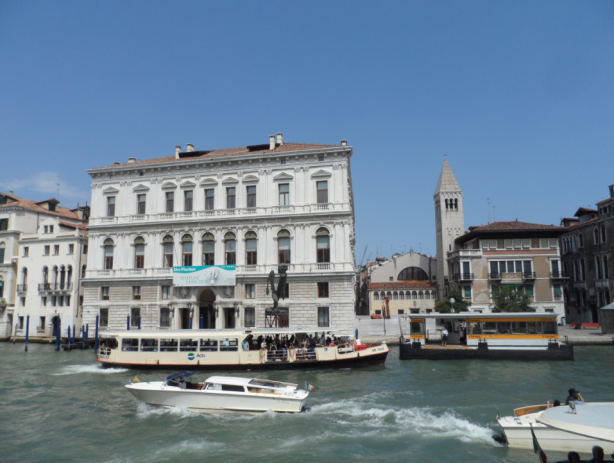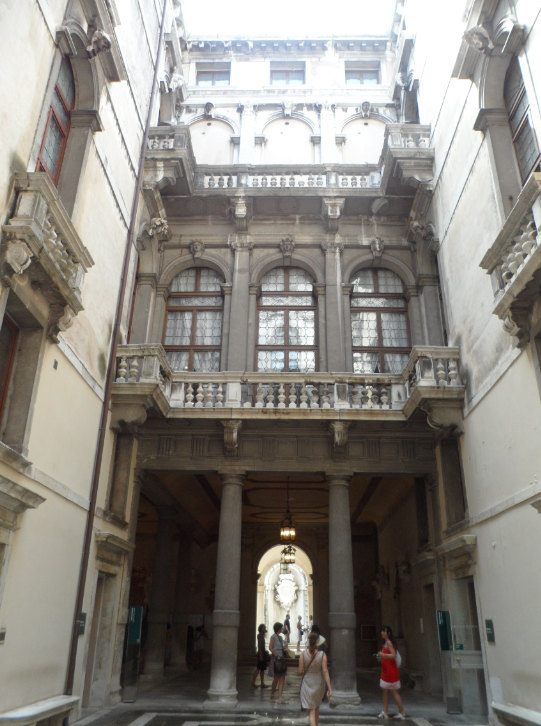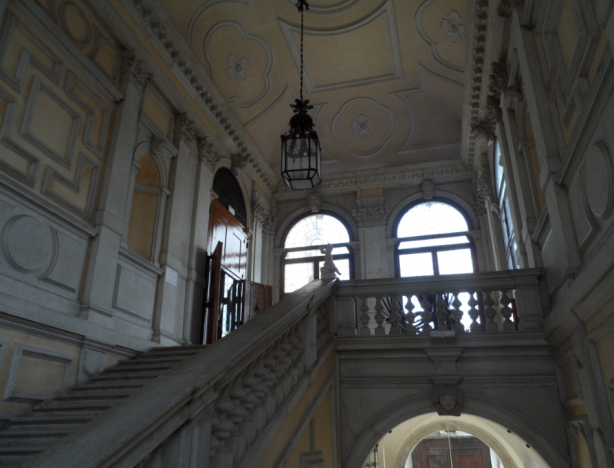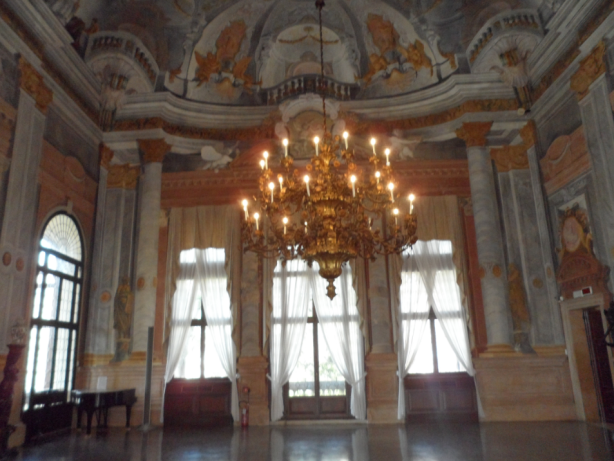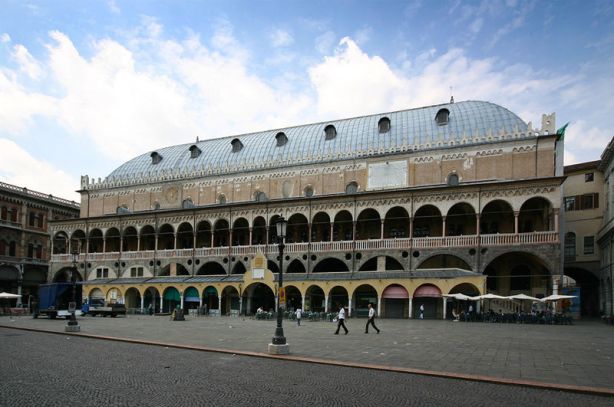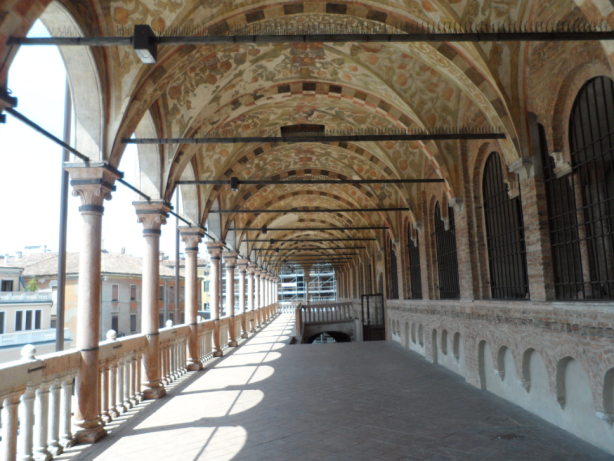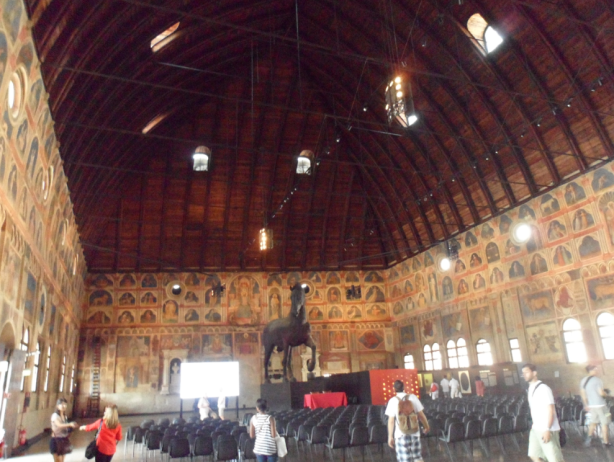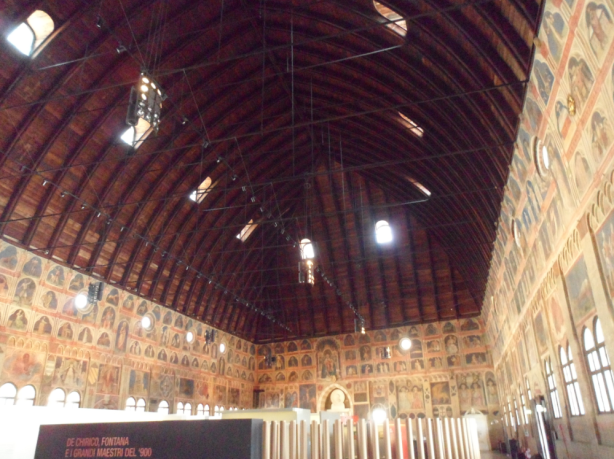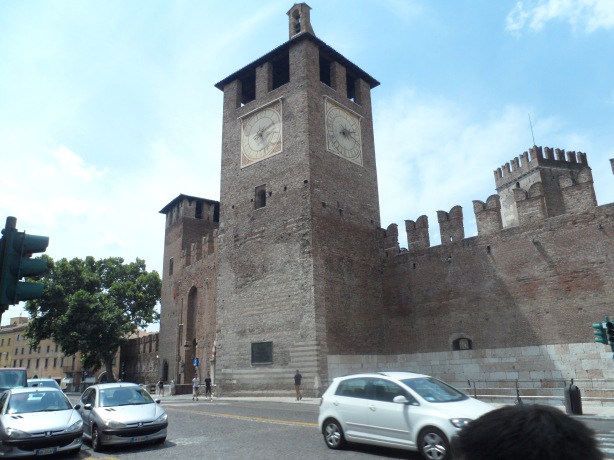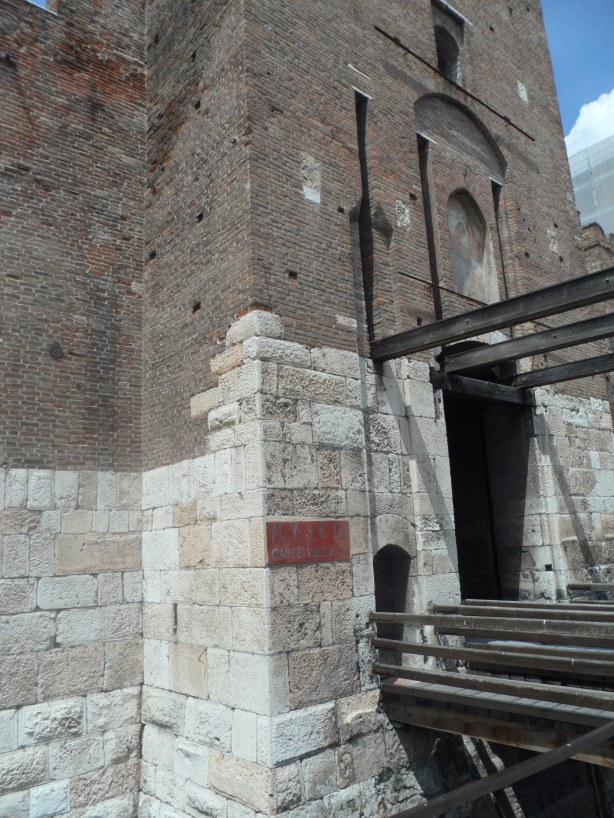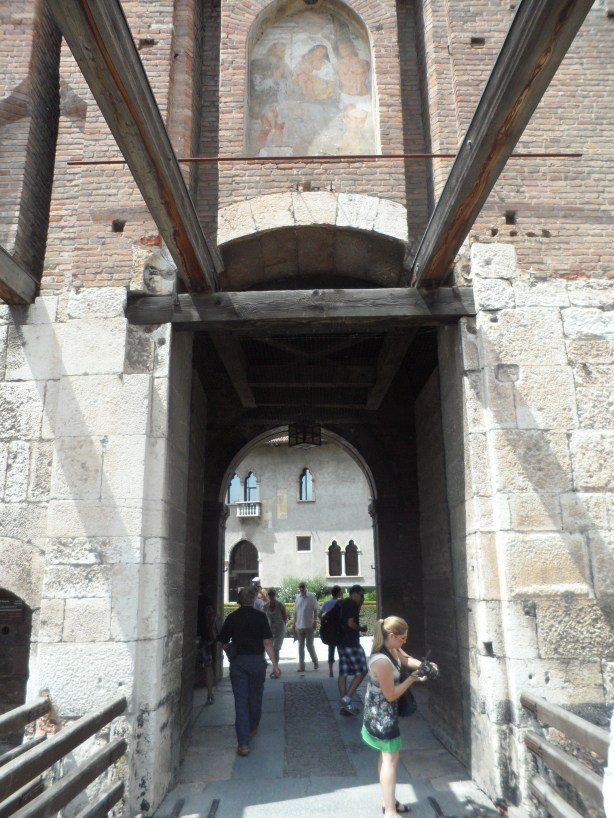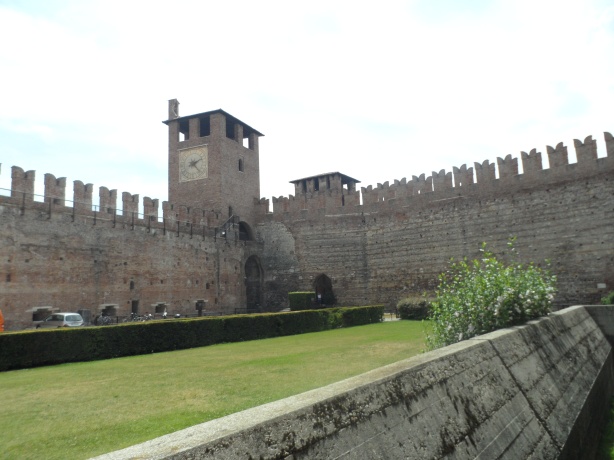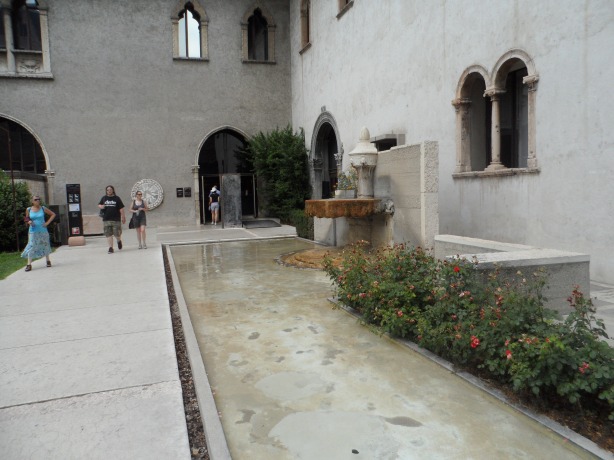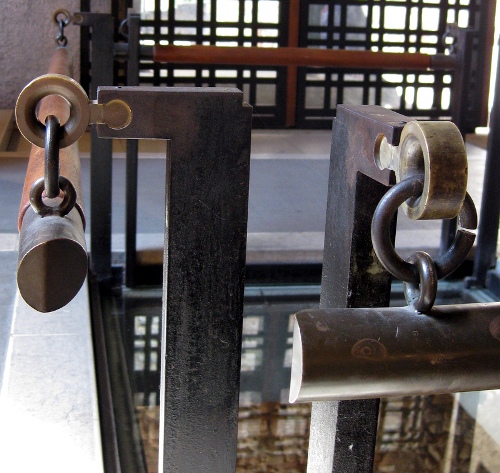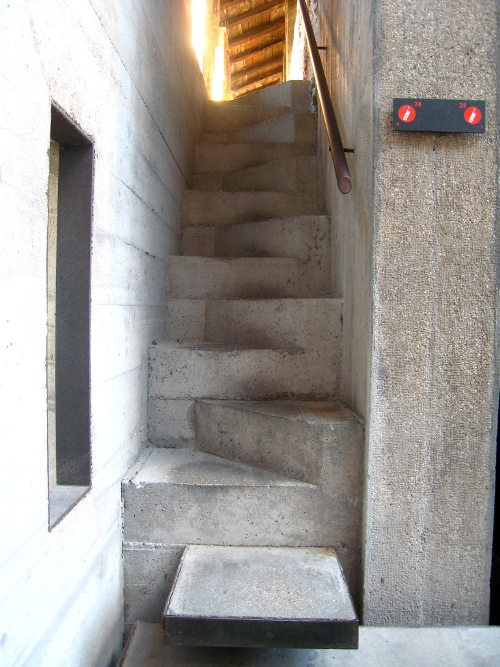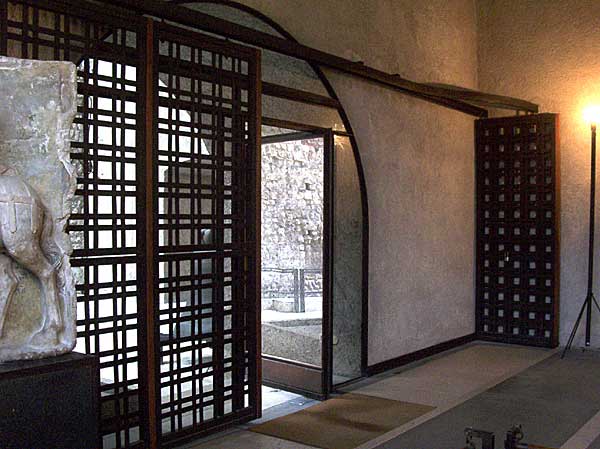Duomo di Siena
Architect: Collective
Location: Siena, Italy.
Date: 1215-1263
Building Type: Piazza
Architecture Styles: Medieval, Baroque
Architectural Time Period: 700s-1300s
Construction Type: Bearing Masonry
Context: Urban
Introduction(Information mainly based on Internet and Readings):
Duomo di Siena, dedicated from its earliest days as a Roman Catholic Marian church and now to Santa Maria Assunta (Most Holy Mary of Assumption), is a medieval church in Siena. The cathedral itself was originally designed and completed between 1215 and 1263 on the site of an earlier structure. It has the form of a Latin cross with a slightly projecting transept, a dome and a bell tower. The dome rises from a hexagonal base with supporting columns. The lantern atop the dome was added by Gian Lorenzo Bernini. The nave is separated from the two aisles by semicircular arches. The exterior and interior are constructed of white and greenish-black marble in alternating stripes, with addition of red marble on the façade. Black and white are the symbolic colors of Siena, etiologically linked to black and white horses of the legendary city’s founders, Senius and Aschius.
My own exploration:
Keywords: Plan & Entrance Study
Plan of the Campo with the entry studies. There are four entries, each one is illustrated with a perspective sketch to show the feeling and view when approving the space.
